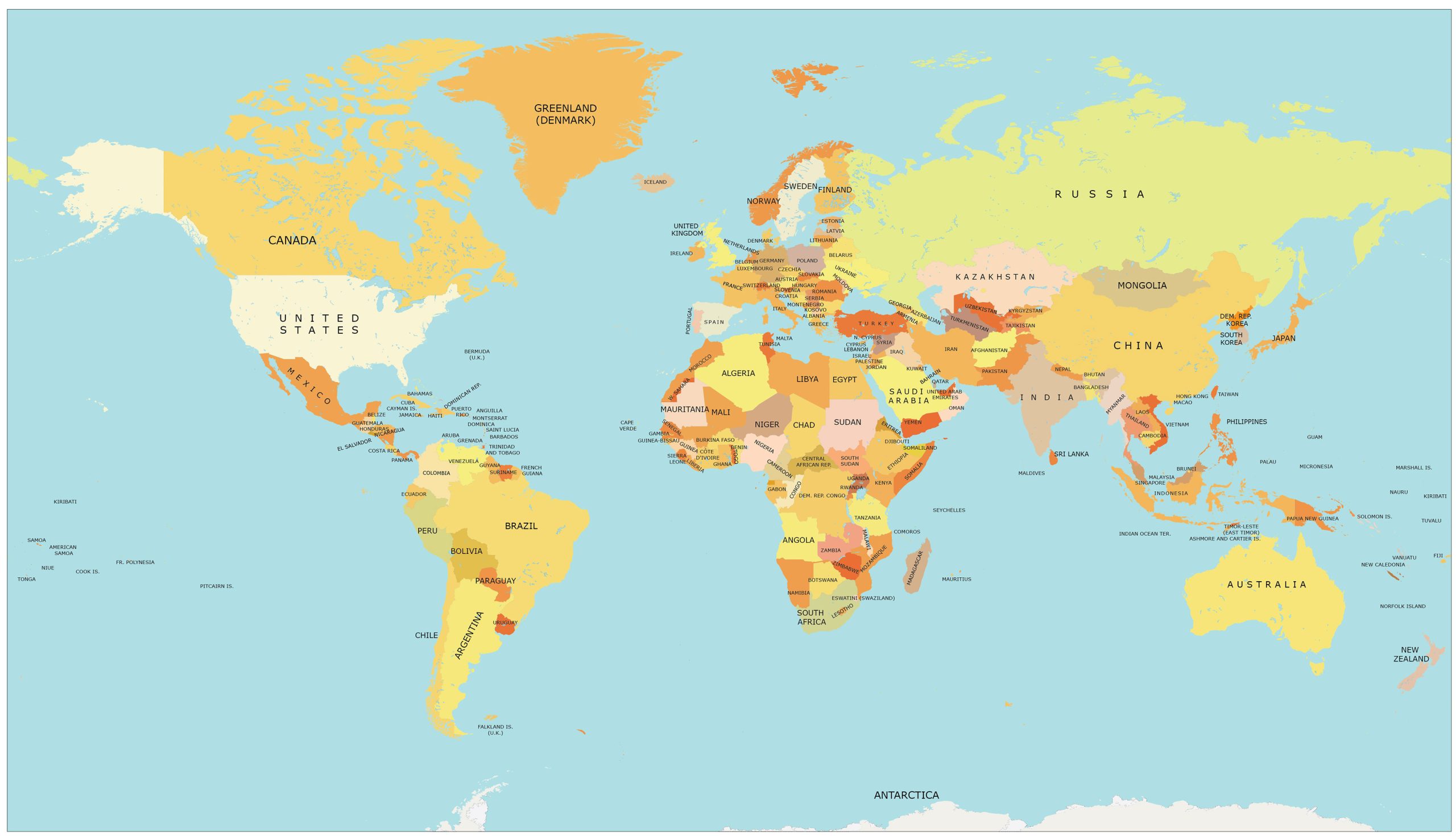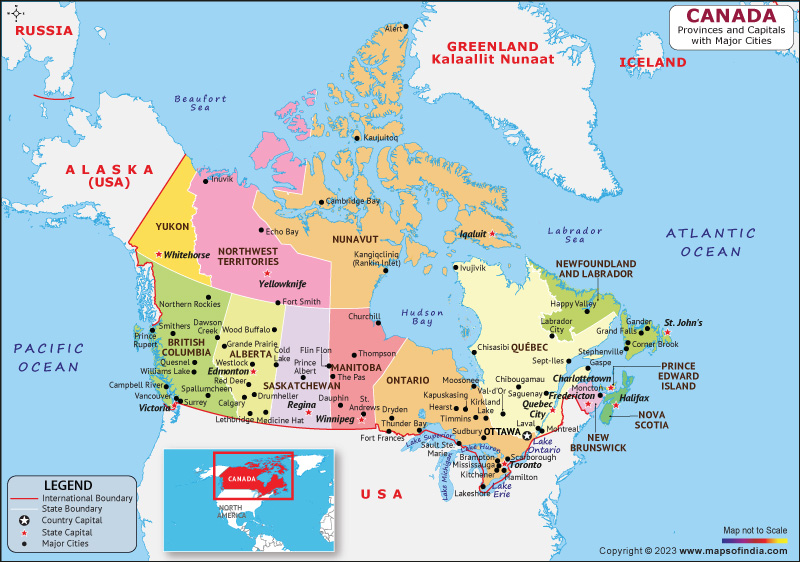
The Map of Mississippian Culture Sites is not merely a collection of geographical markers; it is a profound narrative etched into the North American landscape, detailing the rise, flourishing, and eventual transformation of complex indigenous societies long before European contact. This map, a mosaic of ceremonial centers, urban settlements, and agricultural heartlands, serves as a vital historical document and a powerful testament to the identity, ingenuity, and spiritual depth of the Mississippian peoples. For anyone seeking to understand the rich pre-Columbian heritage of the continent, exploring this map is an essential journey into America’s true ancient history.
Spanning roughly from 800 CE to 1600 CE, the Mississippian culture emerged from earlier Woodland traditions, distinguished by its intensive maize agriculture, sophisticated social hierarchies, and monumental earthwork construction. Its geographical heartland stretched across the southeastern and midwestern United States, particularly along the fertile floodplains of the Mississippi River and its tributaries. The map reveals a civilization characterized not by a unified empire, but by a network of interconnected chiefdoms, sharing a common material culture, ceremonial practices, and artistic styles, collectively known as the Southeastern Ceremonial Complex (SECC).
Understanding the Cultural Landscape through the Map
The distribution of Mississippian sites on the map immediately highlights several key aspects of their culture:

-
Mound Building: The most visible and enduring legacy, the mounds, are central to the map’s identity. These were not random piles of earth but carefully engineered structures serving diverse purposes: massive flat-topped platform mounds supported temples, elite residences, and council houses; conical mounds served as burial places for important individuals; and effigy mounds sometimes depicted animals or symbols. The sheer scale and precision required to construct these earthworks, often over generations, speak volumes about their organized labor, social cohesion, and spiritual beliefs. Each dot on the map often represents a cluster of these impressive structures, marking centers of power and faith.
-
Maize Agriculture: The dense clustering of sites along river valleys underscores the foundation of Mississippian society: intensive maize cultivation. This agricultural revolution provided a reliable food surplus, allowing for larger, more sedentary populations, specialization of labor, and the emergence of hierarchical societies. The map indirectly illustrates the optimal environmental conditions these cultures sought – fertile soils and access to water for irrigation and transportation.
-
Social Complexity: The varying sizes and complexities of sites on the map reflect a sophisticated social structure. At the core were powerful chiefdoms, where hereditary elites held significant religious and political authority. These chiefs mediated between the human and spirit worlds, led ceremonies, and organized large-scale projects like mound construction. The presence of smaller satellite villages surrounding major centers suggests a clear administrative and economic hierarchy.
-
Trade Networks: While not explicitly drawn, the widespread distribution of exotic materials found at Mississippian sites – copper from the Great Lakes, conch shells from the Gulf Coast, mica from the Appalachians, and chert from distant quarries – indicates extensive and sophisticated trade networks. The map implicitly traces these ancient routes, revealing a world far more interconnected than often imagined, where goods, ideas, and people flowed across vast distances.
Key Sites: Beacons on the Mississippian Map
The map comes alive when specific sites are examined, each contributing a unique chapter to the Mississippian story:
-
Cahokia (Illinois): The undisputed metropolis of Mississippian culture, located near modern-day St. Louis. Cahokia was the largest pre-Columbian city north of Mexico, boasting a population estimated at 10,000-20,000 at its peak around 1050-1200 CE. Its centerpiece, Monks Mound, is the largest earthen structure in North America, a massive platform mound larger at its base than the Great Pyramid of Giza. The map shows Cahokia not just as a single site, but as the hub of a vast network of satellite communities and agricultural fields. Its urban planning, Woodhenges (solar calendars), and evidence of monumental feasts and rituals demonstrate an unparalleled level of societal organization and spiritual focus. Cahokia’s rise and eventual decline (by 1400 CE) offer insights into the dynamics of large-scale indigenous urbanism.
-
Moundville (Alabama): Situated on the Black Warrior River, Moundville was another major political and ceremonial center, active from 1000-1450 CE. Second only to Cahokia in scale, its 29 platform mounds arranged around a central plaza indicate a highly structured society. Moundville is particularly renowned for the exquisite artistry of its grave goods – elaborate effigy pottery, engraved shell gorgets, copper plates, and ceremonial axes – which provide invaluable insights into the Mississippian worldview, iconography, and elite identity. The map showcases Moundville as a distinct regional power, with its own artistic traditions and a robust trade network.
-
Etowah Mounds (Georgia): Located on the Etowah River, this site flourished between 1000-1550 CE and is one of the most intact Mississippian sites in the Southeast. Its three large platform mounds, including Mound A which stands 63 feet tall, and a defensive palisade, reflect its strategic importance. Etowah is famous for its intricate SECC artifacts, including two large marble effigy statues, copper repoussé plates depicting the "Birdman" motif, and ceremonial objects that illustrate the shared cosmology and elite status symbols across the Mississippian world. The map places Etowah as a significant cultural nexus in the eastern periphery.
-
Spiro Mounds (Oklahoma): A major Mississippian center in the westernmost extent of the culture, active from 800-1450 CE. Spiro is unique for the exceptional preservation of organic materials within its Craig Mound, often called the "King Tut’s tomb of the Americas." Despite extensive looting in the 1930s, the remaining artifacts – textiles, basketry, feathered capes, wooden effigies, and intricately carved shell – revealed an astonishing array of ceremonial objects and trade goods. Spiro’s location on the Arkansas River highlights its role as a key gateway in the Mississippian trade network, connecting diverse regions and cultures.
-
Parkin Archeological State Park (Arkansas): A Late Mississippian site (1350-1650 CE) that provides crucial insights into the period of European contact. Many archaeologists believe Parkin to be the village of "Casqui" visited by Hernando de Soto in 1541. Its compact village layout, central mound, and defensive ditch offer a glimpse into the communities encountered by early European explorers, linking the map directly to written historical accounts.
-
Angel Mounds (Indiana): Representing one of the northernmost outposts of Mississippian culture (1000-1450 CE), Angel Mounds demonstrates the far-reaching influence of Mississippian traditions. Its large village, multiple mounds, and palisade indicate a significant settlement adapted to a slightly cooler climate, showcasing the cultural flexibility and expansion of these societies.
Identity and History: The Map’s Enduring Message
The Map of Mississippian Culture Sites is far more than an archaeological diagram; it is a profound declaration of identity and a testament to a vibrant, sophisticated history often overlooked in broader narratives of American history.
-
Indigenous Identity and Continuity: For contemporary Native American tribes, these sites are not just ancient ruins but ancestral homelands and sacred places. Tribes such as the Cherokee, Choctaw, Chickasaw, Muscogee (Creek), Natchez, Osage, and many others trace their lineage and cultural practices back to the Mississippian era. The map serves as a tangible link to their deep historical roots, asserting their continuous presence and stewardship of these lands for millennia. It reminds us that these were not anonymous "mound builders" but the direct ancestors of living peoples, whose identities are interwoven with these landscapes.
-
Challenging Historical Narratives: The map powerfully refutes the misconception of pre-Columbian North America as a sparsely populated wilderness inhabited only by nomadic, "primitive" peoples. Instead, it reveals a continent dotted with thriving urban centers, complex agricultural systems, elaborate ceremonial life, and intricate social structures comparable to many Old World civilizations. It forces a re-evaluation of what constitutes "civilization" and broadens our understanding of human achievement.
-
Resilience and Transformation: The decline of many major Mississippian centers by the time of European arrival was a complex process, likely involving environmental changes, internal conflicts, and disease. However, the map also shows continuity. Many communities persisted, adapting and transforming, even in the face of European diseases and colonial pressures. The scattered villages encountered by de Soto, though often smaller than peak Mississippian centers, demonstrate this resilience. The map thus tells a story of both florescence and adaptation, a dynamic history rather than a static one.
-
A Shared Heritage: The shared iconography and architectural styles across vast distances, as evidenced by the SECC, suggest a powerful common worldview and a degree of cultural exchange that transcended political boundaries. This common heritage, visible on the map, speaks to a pan-regional identity that bound diverse groups together through shared beliefs and rituals.
For the Traveling and Educating Blog
For a travel and historical education blog, the Map of Mississippian Culture Sites offers an unparalleled opportunity for exploration and learning. Each dot on the map is an invitation to:
- Step Back in Time: To walk the plazas of Moundville, climb Monks Mound at Cahokia, or explore the ceremonial spaces at Etowah is to physically connect with a vibrant past. These sites provide a visceral experience of indigenous ingenuity and spirituality.
- Engage with Indigenous Perspectives: Many sites are now managed in partnership with descendant communities, offering opportunities to learn directly from Native American voices about their ancestral heritage, oral traditions, and ongoing connections to these lands.
- Understand American Foundations: To truly grasp the history of America, one must start not in 1492 or 1607, but thousands of years earlier. The Mississippian map provides this essential foundational knowledge, revealing the deep indigenous roots of the continent.
- Promote Preservation and Respect: Visiting these sites instills a sense of awe and responsibility. It highlights the importance of archaeological preservation, respectful tourism, and supporting the ongoing efforts of indigenous communities to protect and interpret their heritage.
In conclusion, the Map of Mississippian Culture Sites is a powerful, living document. It is a guide to monumental achievements in architecture, agriculture, and social organization. It is a tangible link to the identity and enduring legacy of Native American peoples. And for those who seek to understand the full sweep of human history in North America, it is an indispensable educational tool and an inspiring itinerary for travel, inviting us to explore, learn, and deeply appreciate the rich tapestry of pre-Columbian indigenous life.


